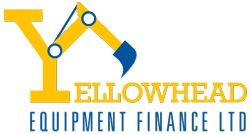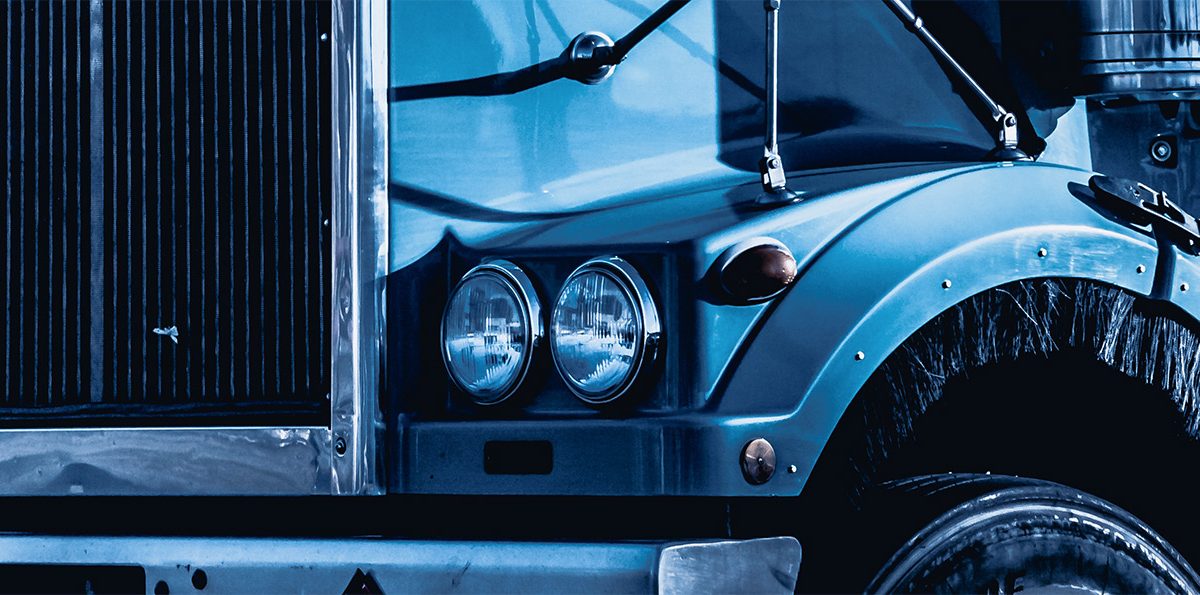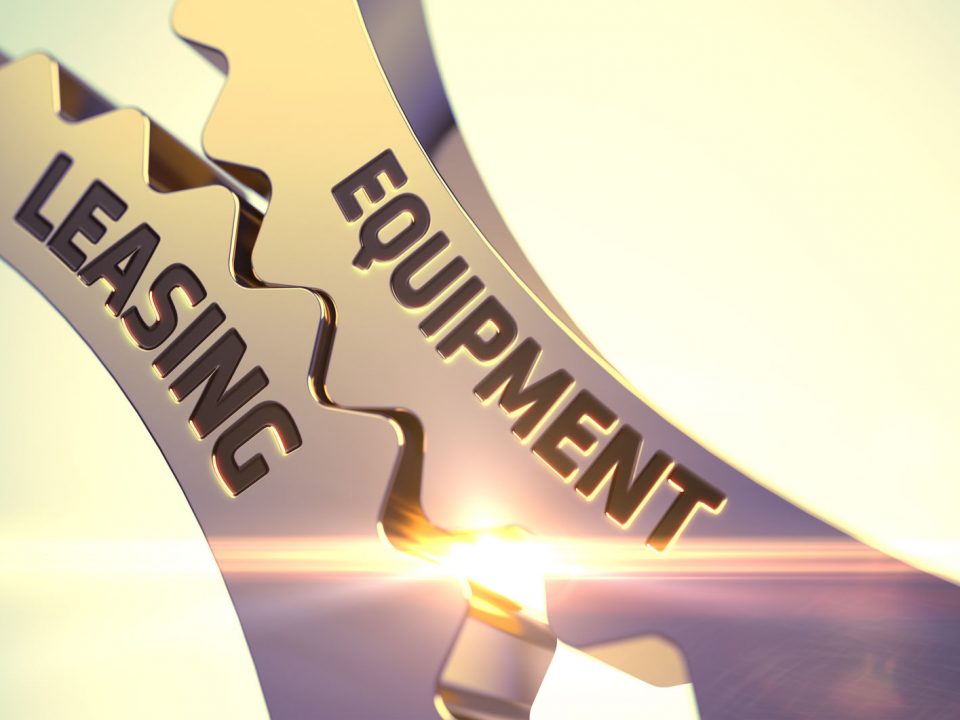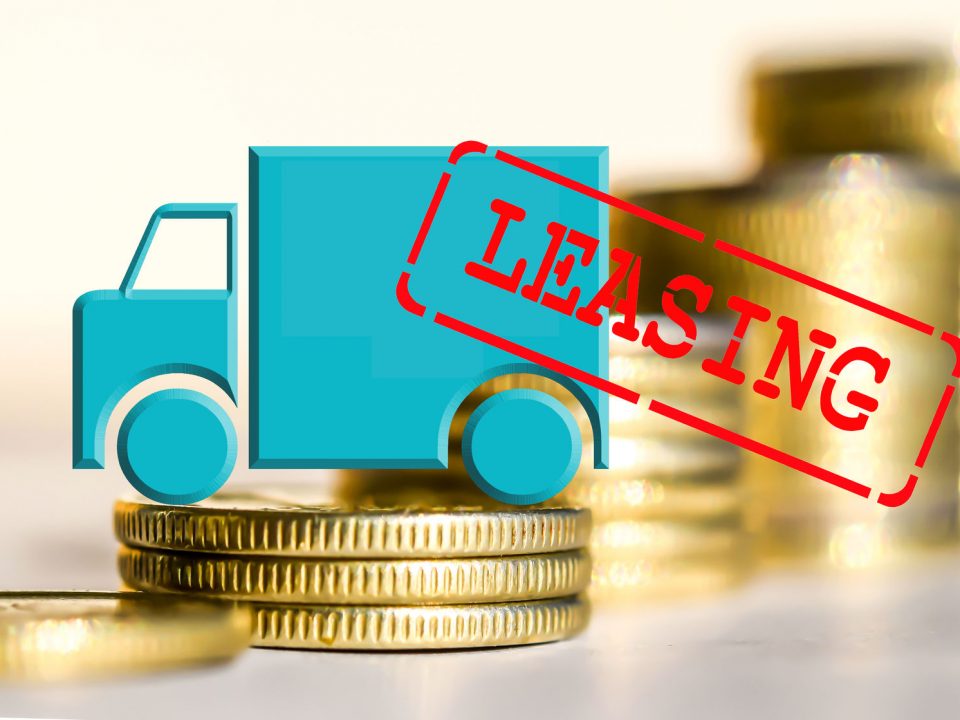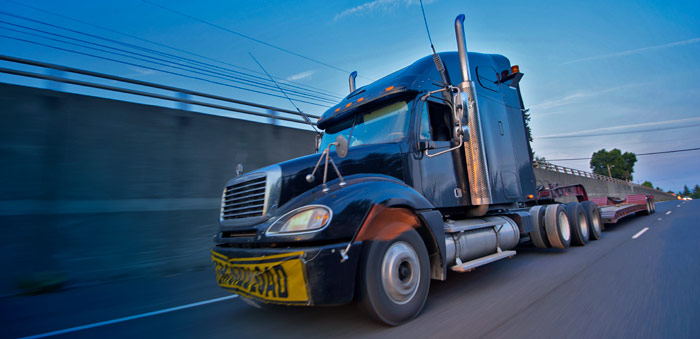
How not to get burned by buying ‘Hot’ equipment
December 14, 2017When you require equipment for your business there are a number of considerations. Borrowing through financing or leasing are common alternatives to buying outright. The considerations include initial capital cost outlay, the cost of ownership due to maintenance and upkeep, tax implications, financial flexibility, and even capital recovery.
When you start narrowing down on the type of equipment your business needs, it’s a good idea to thoroughly consider the pros and cons of leasing or financing versus buying. In certain circumstances, the cost-benefit of one option may strongly outweigh the other.
Leasing and Financing Advantages and Disadvantages
Pros:
- Leasing and Financing are a way to minimize up front costs.
- Assets can be acquired over a long term, with a regular payment schedule.
- As you have a specific payment period, you can budget expenses against anticipated revenue.
- Leasing is a practical option for equipment that has a more frequent need to be updated (like computers or other technology) because lease terms often permit you a shorter term. If you need to update equipment on an annual basis to remain competitive, leasing keeps you from being stuck with outdated assets.
- Leasing may include maintenance. If something breaks or has issues due to normal wear and tear, your lease may include costs of fixing the equipment. This is a detail you can work through with a leasing agent.
- There may be tax deductions specifically for leased equipment. Talk to your leasing agent for details on CCA (Capital Cost Allowance) through Canada Customs and Revenue Agency.
Cons:
- The costs of leasing and financing over time are higher than you would find if you paid for equipment at the time of purchase. Most finance and leasing options require you to pay interest in addition to capital repayment.
- Until leased equipment is paid in full, there is no equity. You won’t have the option to sell the equipment once you are finished with it, so there is no potential to make any money back. Financed equipment may be sold, but the outstanding balance must be paid before a title can change unless special considerations apply.
- Leasing and finance terms may be require to pay down the equipment over a longer term than you require it. Over the period in which you are paying lease or finance costs, you incur additional expenses and storage needs. These considerations may apply to pieces of equipment that you need for a short period of time but don’t have storage space for.
These are just a few of the pros and cons of borrowing to purchase equipment. Consider how long the equipment will be viable for your use and the overall costs. When you consider either method, include considerations of tax implications, potential resale, as well as the potential revenue derived from using this equipment.
Based on information from Intuit Inc. QuickBooks.

